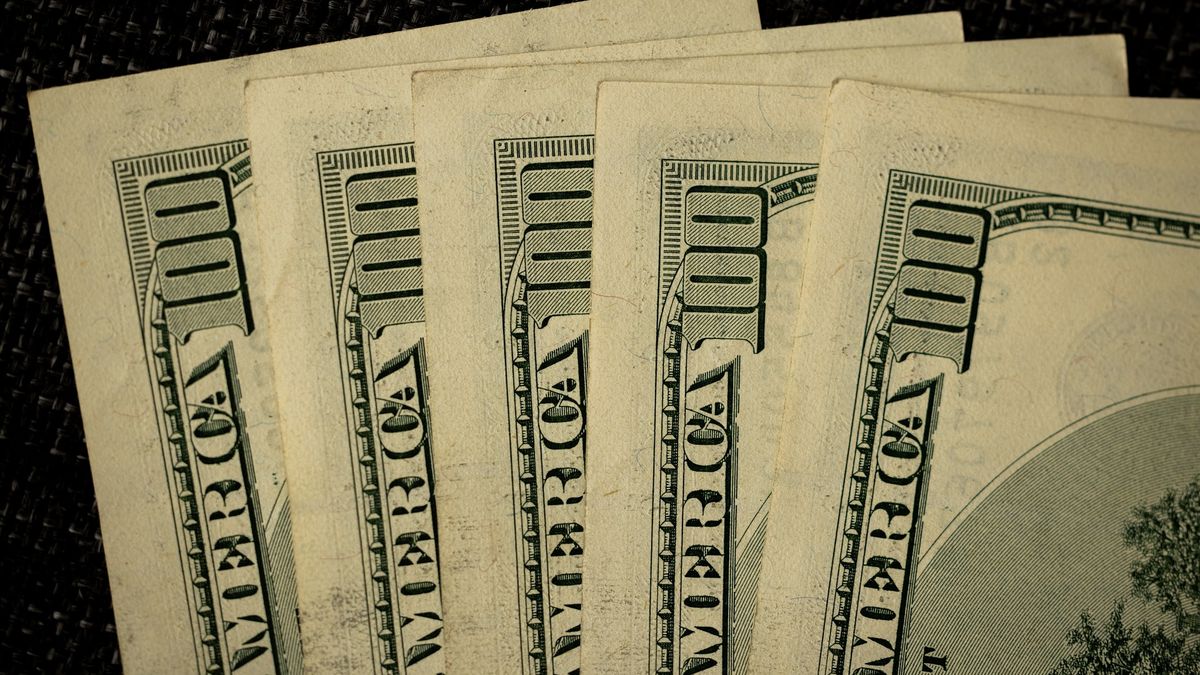For its part, the “regulated” MEP had its highest daily advance in more than a year and closed at $ 188.78, and in its “free” version it fell slightly to close to $ 197.
“This has to do with the actions of the Central Bank, basically. In the event that there is no intervention or any complication to operate in one asset or the other, they should converge at the same exchange rate,” he said about the gap between quotes José Ignacio Bano, Research Manager at IOL invertironline.
In addition, the spreads between the official dollar and the financial ones that are usually intervened officially ended the day at 88.5% for the CCL and 88.3% for the MEP, records since October 2020.
Santiago Ruiz Guiñazú, equity sales trader at AdCap indicated that “from the outcome of the elections, the power in Congress will be more balanced. Therefore, we believe that the main political forces are more likely to be willing to advance agreements than provide greater predictability. In that sense, we believe that the new scenario is more favorable for advancing in an agreement with the IMF “.
On the other hand, the first analyzes carried out by banks on Wall Street considered that the Argentine government can give a limited turn towards orthodoxy after the result in the legislative elections, but inflationary expectations and the rise of the dollar will be maintained.
Financial analysts note as positive the triumph that the opposition had in much of the country and the modification of the legislative map, especially the loss of its own quorum by the ruling party in the Senate. But although they believe that the Government will take more care of the fiscal front, they await more inflation and a rise in the official dollar.
Alberto Ramos, an economist at Goldman Sachs, described a positive outlook, but warned about high levels of volatility. He said that the results of the midterm elections in Argentina reflect the rejection of citizens of the current policy mix and will probably be taken by the market as “positive.”
Analyst Diego Pereira said that the Government must “assess the likelihood of a more pragmatic or radical policy mix in the future“.
He also considered that the probability of a “heterodox radicalization with an almost complete financial autarky, that is, that Argentina falls into default with the IMF, decreases after these results.”
But he clarified that “this does not mean that the government is going to modify the policy mix in the coming days and apply an orthodox program in the future.”
BTG Pactual, for its part, said to hope that “athe rise of the dollar accelerates in the short term and there is a devaluation in January or February“.
But he warned that investors “will remain skeptical and will wait to see the reaction of the government, in a context in which pressure on rates and the exchange rate will continue.”
Official dollar
The The dollar today rose six cents this Monday to $ 105.88 -without taxes-, according to the average of the main banks in the financial system. In turn, the retail value of the US dollar rose 25 cents to $ 105.50 at Banco Nación.
The savings dollar or solidarity dollar -which includes 30% of the COUNTRY tax, and 35% to Profit account- advanced 10 cents to $ 174.70.
The wholesale dollar rose five cents to $ 100.27, under the strict regulation of the BCRA, on a day with an interesting trading volume in which it operated with greater fluctuation but always within the parameters set by official regulation. The official interventions were correcting the evolution of prices and accommodating them on the end at a level slightly higher than at the end of the previous Friday.
The highs were noted shortly after the start of the wheel at $ 100.32, nine cents above the previous end. Demand was once again active in the development of operations, in the first tranche of the session, holding the price at the initial level until the appearance with more intensity of the Central Bank. Official sales and a slight recovery in supply corrected the initial level with drops that stopped at the minimum of $ 100.25. A small recovery in demand in the last part of the day accommodated prices at the value exhibited at today’s close.
The beginning of the week after the legislative elections presented a soft correction in the wholesale exchange rate, unthinkable due to its low magnitude by market analysts.
“The adjustment arranged for today is the lowest for a beginning of the week since October 19, 2020 and seems to be a signal to the market that indicates that the current policy of administration of the prices of the dollar remains unchanged, at least in this section of November “, highlighted the analyst Gustavo Quintana.
The assistance to demand in the market from the Central Bank was reduced compared to last Friday’s intervention, but it maintains the negative bias of the month, which today reaches US $ 682 million in net sales.
Strong decline in the future dollar
The terms showed strong drops from 1% at the end of the month, to 2.5% in April 2022. In this way, November ended operating with a rate of 20.38% and December of 39.80%.
“The Monetary authority devalued very little and scared ROFEX that it was very bought. The strategy of giving volatility to the exchange rate to discourage hedging is valid, but not to eat the ‘lack of sending’: Today the BCRA lost another US $ 60 million and Barclays bank said that the agreement with the IMF is still far away, “said economist Tomás Ruiz Palacios.
Source From: Ambito
David William is a talented author who has made a name for himself in the world of writing. He is a professional author who writes on a wide range of topics, from general interest to opinion news. David is currently working as a writer at 24 hours worlds where he brings his unique perspective and in-depth research to his articles, making them both informative and engaging.




